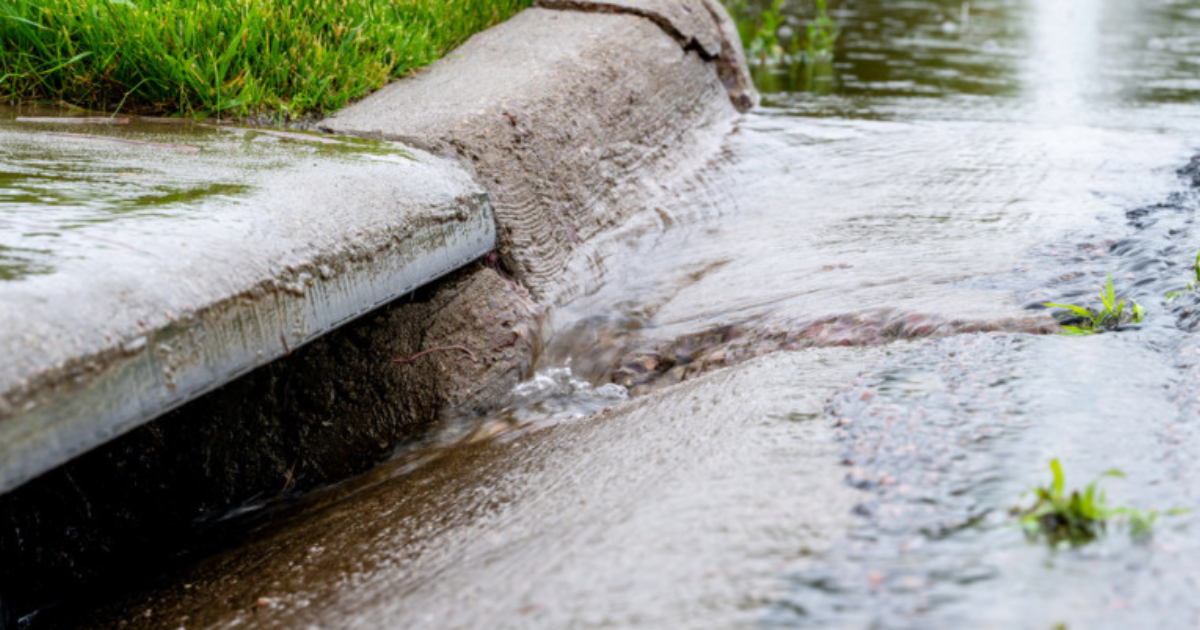River sustains fish for first time in three years

Estuary Watch member Dick O'Hanlon has not seen water quality so good in the river in years, and says its all because of the mouth staying open to the sea. Photos: TIM LAMACRAFT
THE return of fish to the Anglesea River Estuary for the first time in three years offers an insight into how it may be rehabilitated, with water watchers saying a rare, prolonged opening of the mouth is key to the waterway’s health.
Record October rainfall naturally flushed out the sand berm that typically separates the river from the ocean and it’s remained open since, allowing tides and fish to flow into the normally highly acidic estuary.
Not since 2019 when a large fish kill wiped out stocks in the river have any meaningful, sustained aquatic life been spotted there as acidity and low pH levels have rendered it uninhabitable, but in the last month Black Bream and Australian Salmon are regularly being seen and even caught.
There’s even been a report of 1.2 metre Gummy shark, spotted two weeks ago by an Anglesea Rubbish Ranger collecting litter from the river beside the Great Ocean Road bridge in town.

“It backs up everything we’ve been saying about the river for years, that it needs to be opened up to sea, because it flushes out the river,” former Anglesea Tackle shop owner and long-time river watcher Gary Kerr said.
“Having the mouth open also gives fish a chance to escape when the river goes bad.”
Estuary Watch member Dick O’Hanlon conducts regular water sampling of the river and has been closely tracking the relative improvement of its health since the large inflows in October, and the return of fish.

“Natural deep estuary mouth openings are very rare and require rainfalls and creek flows that are now occurring only once in a generation,” he said.
When the big October rains first came he was deeply concerned, because they washed increased levels of acid sulphates into the catchment and caused the river’s pH to spike at record levels.
“After the initial extremely low pH when the opening started, the volume of seawater eventually dilutes and displaces the acidic upper catchment water. This happy situation may last for many months,” he said.
“The layering of seawater under the acidic freshwater means that bad estuary watch pH readings are not the whole story. Sometimes fish can thrive even though the pH indications are bad.”

It’s not the first time the river has been opened to the sea, authorities periodically dig a trench prior to large rain events to prevent upstream flooding when the river swells, but it typically closes up within a week or two.
Mr O’Hanlon says the depth and duration of the current natural opening has not been since 2011, and agrees with Gary Kerr that a deeper opening on a semi-regular basis should be seriously considered by authorities.
“It is not outflow of the river to the sea that is beneficial, the benefit is from the incoming seawater.”

















